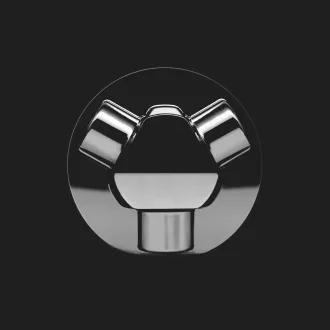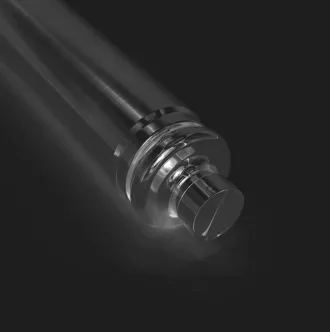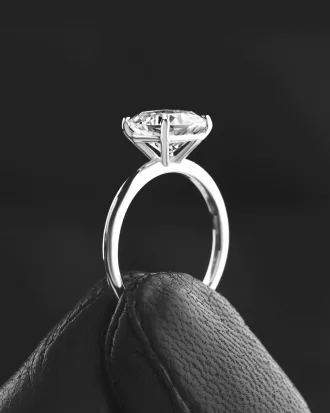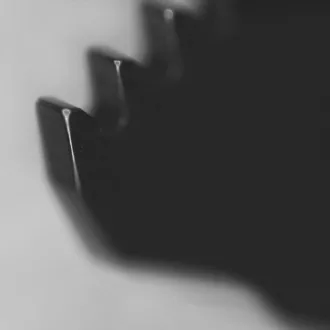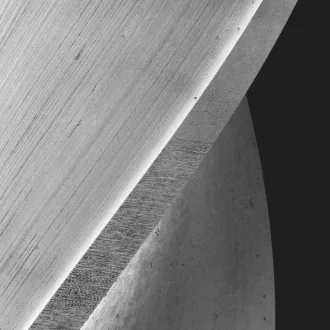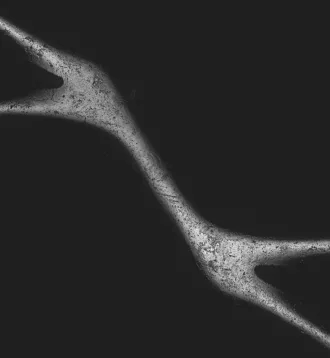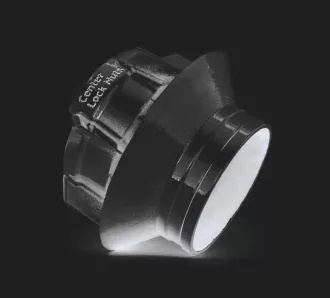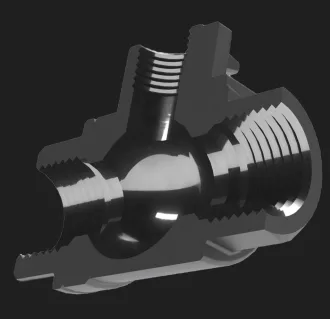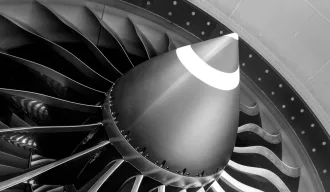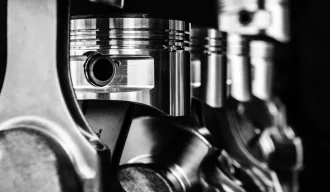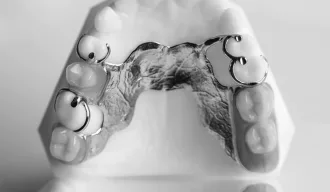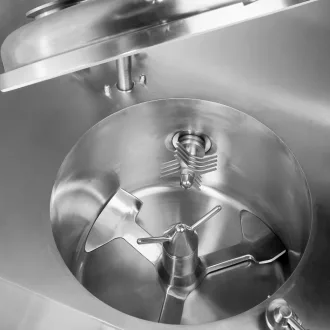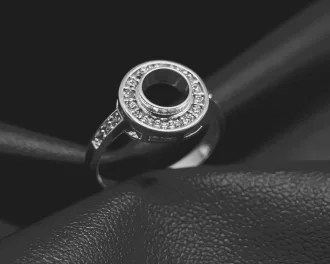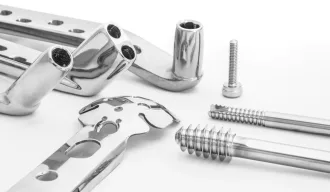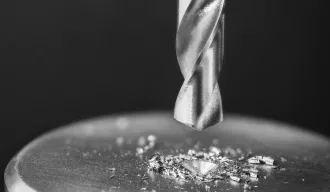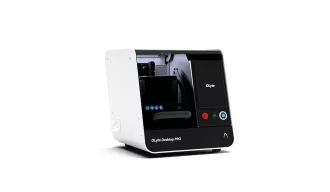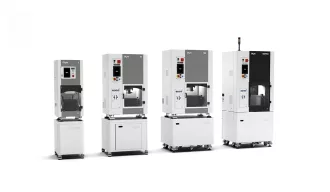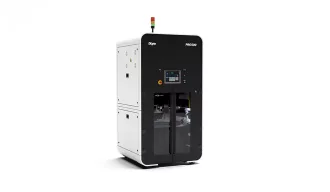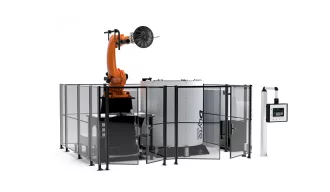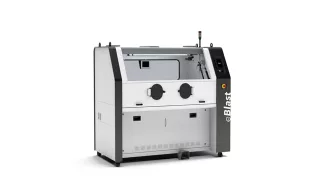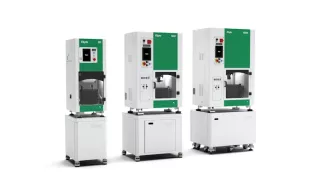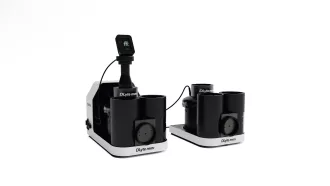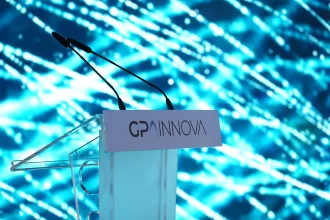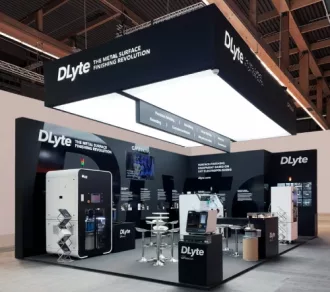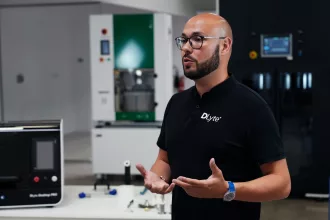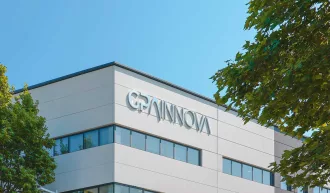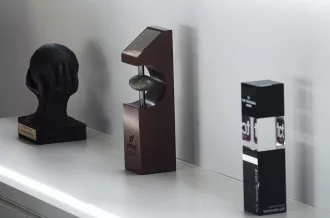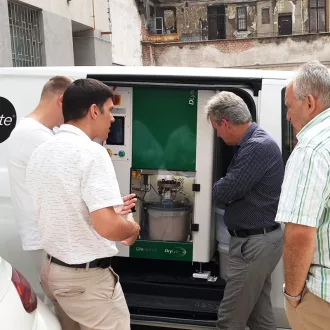The client is a manufacturer of dental and medical surgical instruments based in EU is specialized in high-value surgical instruments’ manufacturing. The company implements new designs, materials, and production methods to improve the products and comply with the high standards required in the medical device industry.
THE PROBLEM
Traditional surface finishing of medical instruments, especially those like ultrasonic bone cutting saws that demand tight tolerances and preservation of sharp edges, predominantly involves manual processes. However, these methods are both time-intensive and inconsistent in terms of quality, as they heavily rely on the skills of the individual technician.
The previous process used by the customer (manual deburring) had several drawbacks, including high costs and extended process time. Moreover, it suffered from inconsistency and uneven deburring, which could result in the scrap of pieces or premature failure. Additionally, workers were exposed to toxins during the deburring operation, posing health risks. Furthermore, the manual deburring bottleneck led to long lead times.

THE GOAL
The customer was looking for an effective, cost-efficient and environmentally friendly solution to deburr surgical instruments, especially ultrasonic saws for dentistry manufactured by milling. The customer wanted to improve quality and also reduce lead times due to the current process time and high scrapping rate because of inconsistency.
THE SOLUTION
GPAINNOVA has successfully devised the optimal process to attain the required technical specifications for a surface while minimizing both total process time and costs. This encompasses meeting stringent criteria such as precise tolerances, non-stick capabilities, biocompatibility, removal of burrs, and augmentation of corrosion resistance. Specifically, their proposed solution has supplanted a protracted manual polishing procedure that consumed 2 minutes per piece with an automated alternative, which requires only 4 minutes for a batch of 16 pieces. The outcome has yielded a more economically viable approach that concurrently boosts production.
This has been achieved by ensuring the biocompatibility of treated saws and establishing uniformity, reproducibility, and predictability across distinct batches of components.

Are you interested in learning about the production increase, the comparison of previous and current costs per piece, or how DLyte can boost your business? Download now our free case study!

TECHNICAL BENEFITS
01. Geometry and tolerance preservation & homogeneous results across the piece
02. Longer lifespan for treated parts
03. Biocompatibility and non-cytotoxicity proved
04. Complex designs precisely treated
05. Better sharpness
OPERATIONAL BENEFITS
01. Reduced footprint
02. Time and cost reduction
03. Exposure of workers during process and maintenance
04. Handling and storage of media
05. No need for multistep processes
06. Easy waste management
